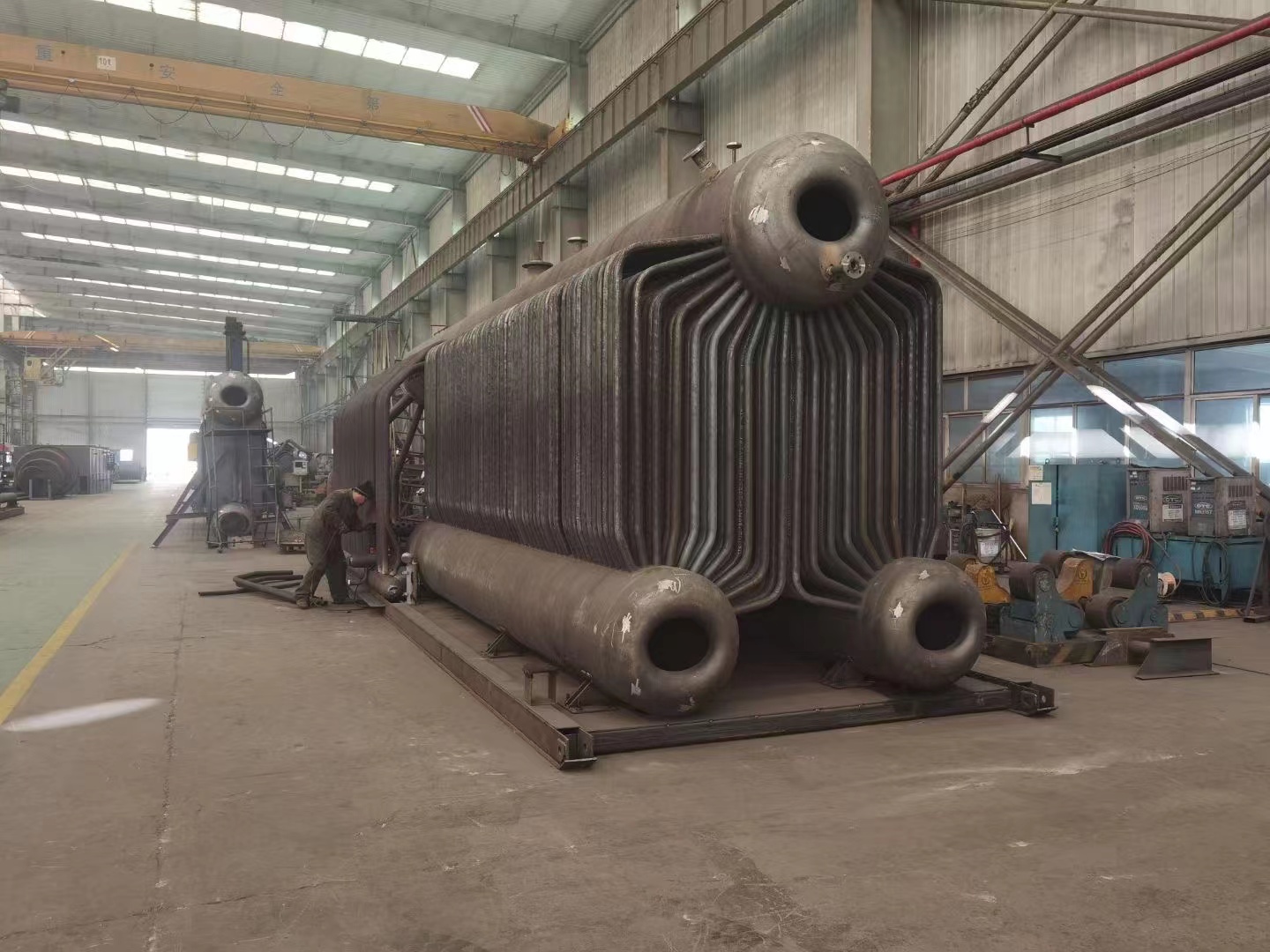fire tube steam boiler
Fire Tube Steam Boiler An Overview
A fire tube steam boiler is an essential component in various industrial processes, providing steam for heating, power generation, and other critical operations. This type of boiler is characterized by its design, which consists of a series of tubes through which hot gases pass while being surrounded by water. The design principles behind fire tube boilers make them effective and efficient for many industrial applications.
Operating Principles
The basic operating principle of a fire tube steam boiler involves the combustion of fuel in a furnace, where it produces hot gases. These gases travel through the tubes, transferring heat to the water surrounding them. As the water absorbs this heat, it gradually converts into steam. The steam produced is then collected and can be utilized for a variety of industrial purposes such as driving turbines, heating systems, or even in processes like sterilization in hospitals.
Fire tube boilers come equipped with various safety and operational features. Typically, they include pressure gauges, water level indicators, and safety valves, which ensure that the boiler operates safely within the specified parameters. The design allows for relatively simple construction and maintenance, making fire tube boilers a popular choice for many industries.
Types of Fuels Used
Fire tube boilers can operate using multiple types of fuels, including natural gas, oil, coal, or even biomass. The choice of fuel often depends on availability, cost, and the specific requirements of the process. Natural gas is favored in many modern installations due to its cleanliness and efficiency, while biomass is becoming increasingly popular as a sustainable and eco-friendly option.
Advantages of Fire Tube Boilers
fire tube steam boiler

One of the primary advantages of fire tube steam boilers is their simplicity of design, which allows for easy operation and maintenance. These boilers generally have lower initial costs compared to water tube boilers, making them an attractive option for small to medium-sized industrial applications.
Additionally, fire tube boilers can operate effectively at lower pressures, typically up to 300 PSI, making them ideal for applications that do not require high steam pressures. Their compact design allows them to fit into smaller spaces, which is crucial for facilities with limited floor area.
Efficiency and Performance
Efficiency is a critical factor in any boiler operation. Fire tube boilers are known for their efficiency rates, typically ranging from 80% to 85%. This efficiency can be further enhanced with the use of economizers, which capture excess heat from the exhaust gases to preheat the feed water. By improving thermal efficiency, facilities can significantly reduce fuel consumption and operational costs.
Moreover, the response time of fire tube boilers is generally quicker when it comes to starting and reaching full operation compared to their water tube counterparts. This is particularly beneficial for applications that have variable steam demands.
Conclusion
In summary, fire tube steam boilers play a crucial role in various industrial processes by providing reliable and efficient steam generation. With their straightforward design, ease of maintenance, and versatility in fuel options, they continue to be a preferred choice for many manufacturers. As industries move towards greater efficiency and sustainability, advancements in boiler technology are likely to enhance the performance and reduce the environmental impact of fire tube steam boilers further. Understanding the operational mechanisms and benefits of this type of boiler can help industries optimize their processes and improve their overall efficiency.
-
Efficient Thermal Oil Boilers with AI Optimization | Superior PerformanceNewsAug.03,2025
-
High-Efficiency OEM Steam Boilers w/GPT-4-TurboNewsAug.02,2025
-
Advanced Electric Steam Boiler Manufacturers | GPT-4 Turbo AINewsAug.01,2025
-
Custom Steam Boilers Manufacturer | AI-Enhanced EfficiencyNewsJul.31,2025
-
Top Electric Steam Boiler Makers | AI-OptimizedNewsJul.31,2025
-
Top Electric Steam Boiler Manufacturers - High Efficiency SolutionsNewsJul.30,2025

